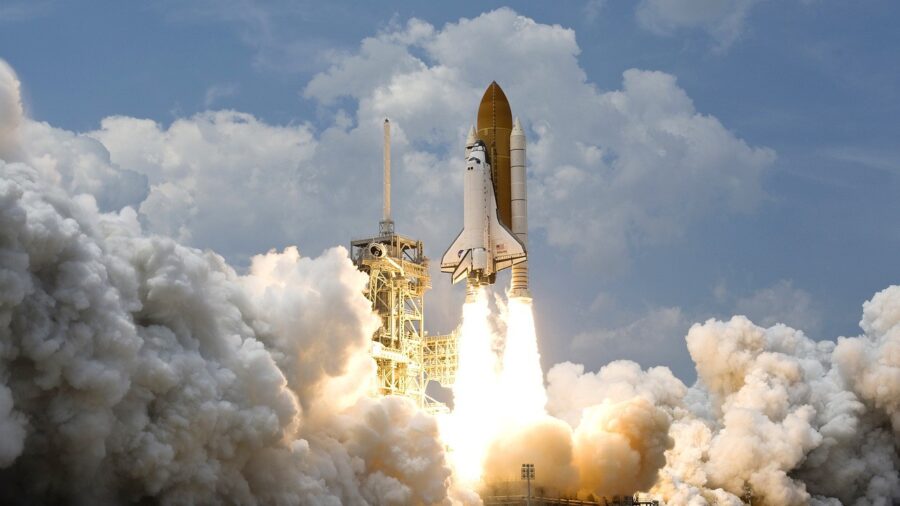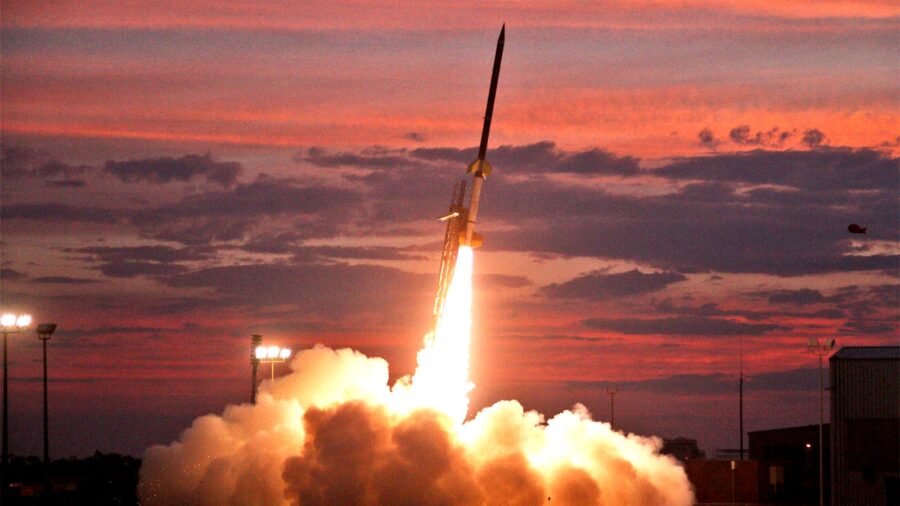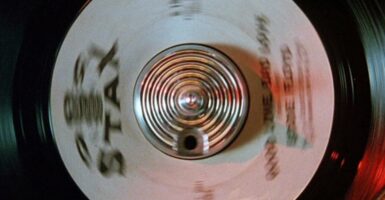The Space Race Is Back On With Russia’s New Lunar Mission

The space race sequel is here, and Russia just might beat everyone to the punch this time around. According to Gizmodo, Russia has successfully launched its Luna-25 mission to the Moon. The spacecraft is set to land on the lunar south pole later this month and, if successful, would be the first country to achieve a soft landing on that side of the Moon.
As a second space race heats up, the target is the Moon’s south pole, with Russia and India currently in the lead, while the United States is sitting it out.
The space race is more than just the old Cold War rivals this time around, as India is also making strides to join the list of countries who have landed on the Moon. India recently launched its Chandrayaan-3 mission, which set off on July 14 and is set for a south pole landing on August 23. If successful, it will join China, the former Soviet Union, and the US on the short list of countries that have achieved the lofty Moon landing goal.
At this point, it truly is a space race because Russia and India’s lunar landing dates are mere days away from each other. Russia is planning to pull off its landing by August 21, just two days before India’s Chandrayaan-3 touches down. If Russia’s mission fails, that leaves the door open for India to be the first country to pull off the soft southern pole landing.
The United States is sitting out the space race for the lunar south pole and is instead focused on sending a crewed mission to the Moon.
While the US was able to win the Moon landing part of the space race back with Apollo 11 in 1969, it’s in no rush for its next lunar mission. The United States is currently building up to its Artemis 3 mission, which will be its first crewed mission to the Moon in over 50 years. That mission isn’t set to take place until 2025 at the earliest.

Before the US attempts a crewed lunar landing in 2025, the Artemis 2 mission is set to launch in 2024 and send a crew to Earth’s orbit along with a free-return trajectory around the Moon. Of course, the launch of Artemis 2 is dependent on the success of Artemis 3. So, while the US might not nab the first soft southern landing prize in the space race, it seems likely it will be the next country to put a crew on the moon.
But back to Russia’s space race to get to the southern surface. The Luna-25 spacecraft, if it nails its landing, is planned to stay on the surface of the Moon for a year. The mission is primarily for testing moon landing technologies, but the spacecraft will also be using instruments to study the polar regolith and the components of the lunar polar exosphere.
In the new space race, Russia and India will be touching down on the Moon’s south pole within days of each other, but in what order has yet to be determined.
The southern pole of the Moon could hold interesting implications for the future of space travel, as that region is suspected to contain ice reservoirs that could be used for water, fuel, or oxygen for future missions.
The other space race contender is China, which also has ambitious plans for the Moon. Namely, the country is planning on making a permanent base on the Moon. Russia liked the idea, too, as the two made a space partnership along with United Arab Emirates, Pakistan, and other countries to build the International Lunar Research Station moon base.












